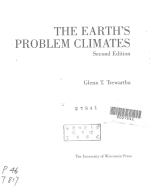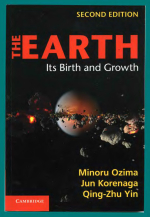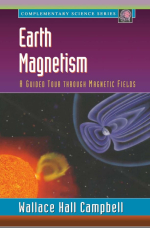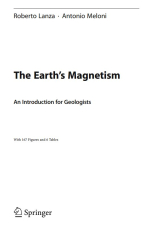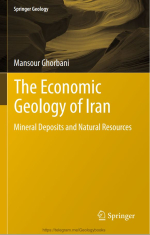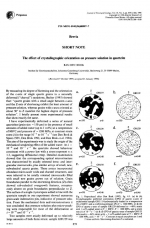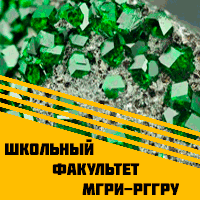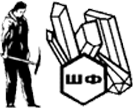Iran is positioned on the southwest of Asia forming a bridge connecting three continents of Asia, Europe, and Africa. It is bordered by Azerbaijan, Armenia, Turkmenistan, and the Caspian Sea on the north, Afghanistan and Pakistan on the east, Oman Sea and Persian Gulf on the south, and Turkey and Iraq on the west (Road Atlas of Iran 2004 ) . The country is part of the Iranian Plateau that constitutes a vast and high terrane, which is bordered by the Caspian Sea on the north, Amu Darya, Syr Darya, and Kora River plains on the northeast, Sindh and Punjab Rivers plain on the southeast, the Oman Sea and the Persian Gulf on the south, and the Tigris river plain on the southwest (Comprehensive Geography of Iran 1987 ) <...>



